Rising Demand in Textiles
The textile sector is experiencing a notable increase in demand for regenerated cellulose, significantly impacting the Regenerated Cellulose Market. With the fashion industry increasingly leaning towards sustainable materials, regenerated cellulose fibers, such as viscose and lyocell, are gaining traction due to their softness, breathability, and biodegradability. Market data indicates that the demand for these fibers is expected to rise, driven by consumer preferences for eco-friendly products. This trend is further supported by the growing number of fashion brands incorporating regenerated cellulose into their collections, thereby expanding the market reach. The Regenerated Cellulose Market is likely to see continued growth as these fibers become more mainstream in textile applications.
Technological Innovations
Technological advancements play a crucial role in shaping the Regenerated Cellulose Market. Innovations in production processes, such as the development of more efficient methods for converting cellulose into regenerated fibers, are enhancing the quality and reducing the costs associated with these materials. For instance, advancements in solvent spinning technology have improved the sustainability of production, making it more appealing to manufacturers. The market is witnessing a surge in research and development activities aimed at optimizing these processes, which could lead to increased production capacities and lower environmental impacts. As a result, the Regenerated Cellulose Market is poised for growth, driven by the dual forces of innovation and the demand for high-performance, sustainable materials.
Sustainability Initiatives
The increasing emphasis on sustainability is a pivotal driver for the Regenerated Cellulose Market. As consumers and manufacturers alike prioritize eco-friendly materials, regenerated cellulose, derived from renewable resources, presents a viable alternative to synthetic fibers. This shift is evidenced by a growing number of brands committing to sustainable practices, with the market for sustainable textiles projected to reach substantial figures in the coming years. The Regenerated Cellulose Market is likely to benefit from this trend, as companies seek to reduce their carbon footprint and enhance their brand image through the use of biodegradable materials. Furthermore, regulatory frameworks promoting sustainable practices may further bolster the demand for regenerated cellulose, positioning it as a key player in the evolving landscape of environmentally conscious manufacturing.
Health and Hygiene Applications
The health and hygiene sector is emerging as a significant driver for the Regenerated Cellulose Market. Regenerated cellulose is increasingly utilized in medical and hygiene products due to its biocompatibility and absorbent properties. For example, products such as wound dressings and surgical materials are benefiting from the unique characteristics of regenerated cellulose, which offers both safety and effectiveness. The market for these applications is projected to expand as healthcare providers seek materials that meet stringent safety standards while also being environmentally friendly. This trend indicates a promising future for the Regenerated Cellulose Market, as it aligns with the growing demand for sustainable solutions in healthcare.
Government Regulations and Support
Government regulations and support are becoming increasingly influential in the Regenerated Cellulose Market. Many countries are implementing policies aimed at reducing plastic waste and promoting the use of biodegradable materials. These regulations create a favorable environment for the adoption of regenerated cellulose, as it aligns with governmental goals of sustainability and environmental protection. Additionally, financial incentives and grants for research into sustainable materials are likely to encourage innovation within the industry. As a result, the Regenerated Cellulose Market stands to gain from these supportive measures, which may enhance its competitiveness and drive further growth in the coming years.


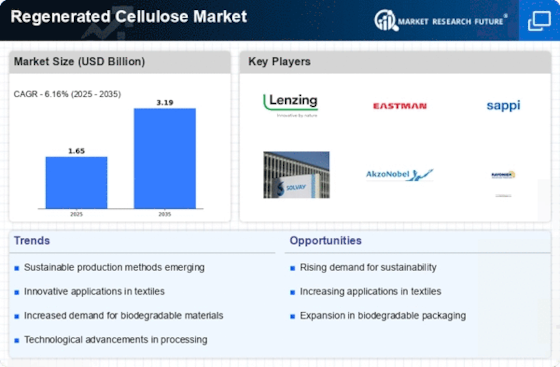
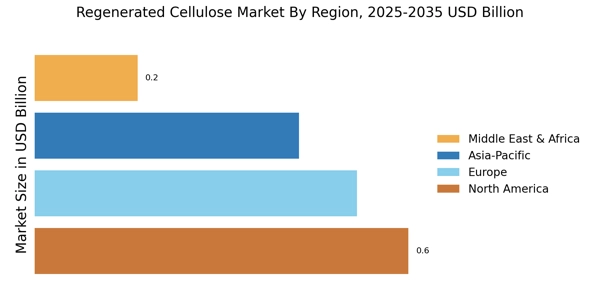
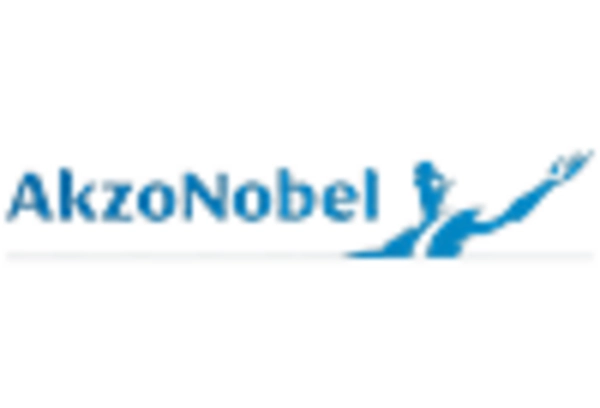

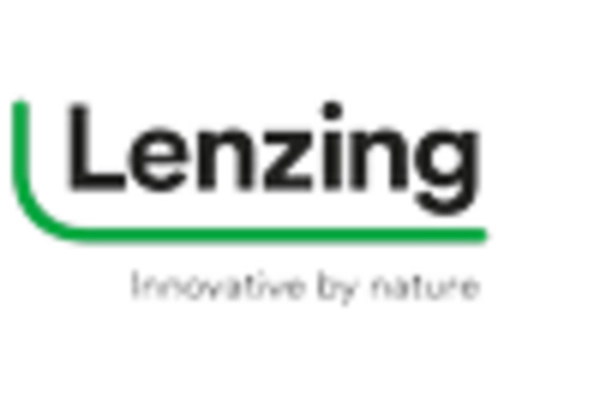
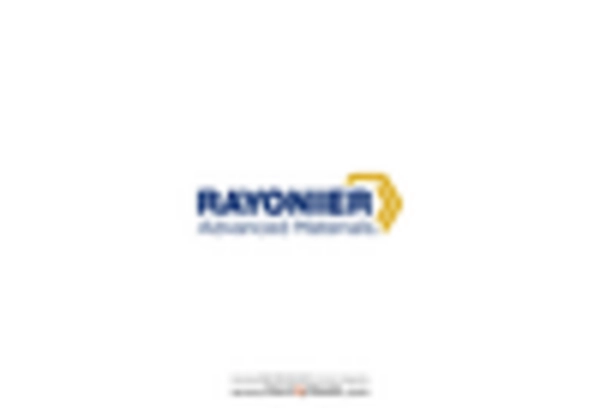
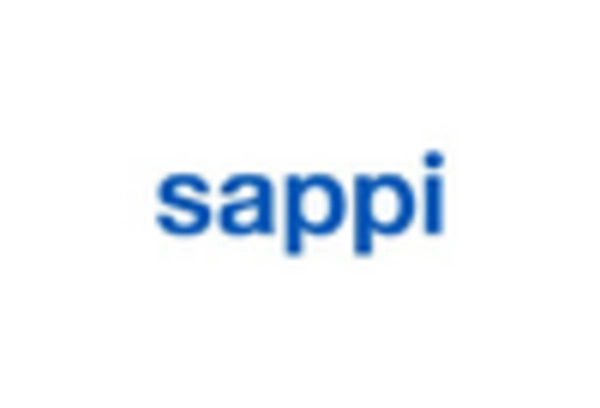









Leave a Comment